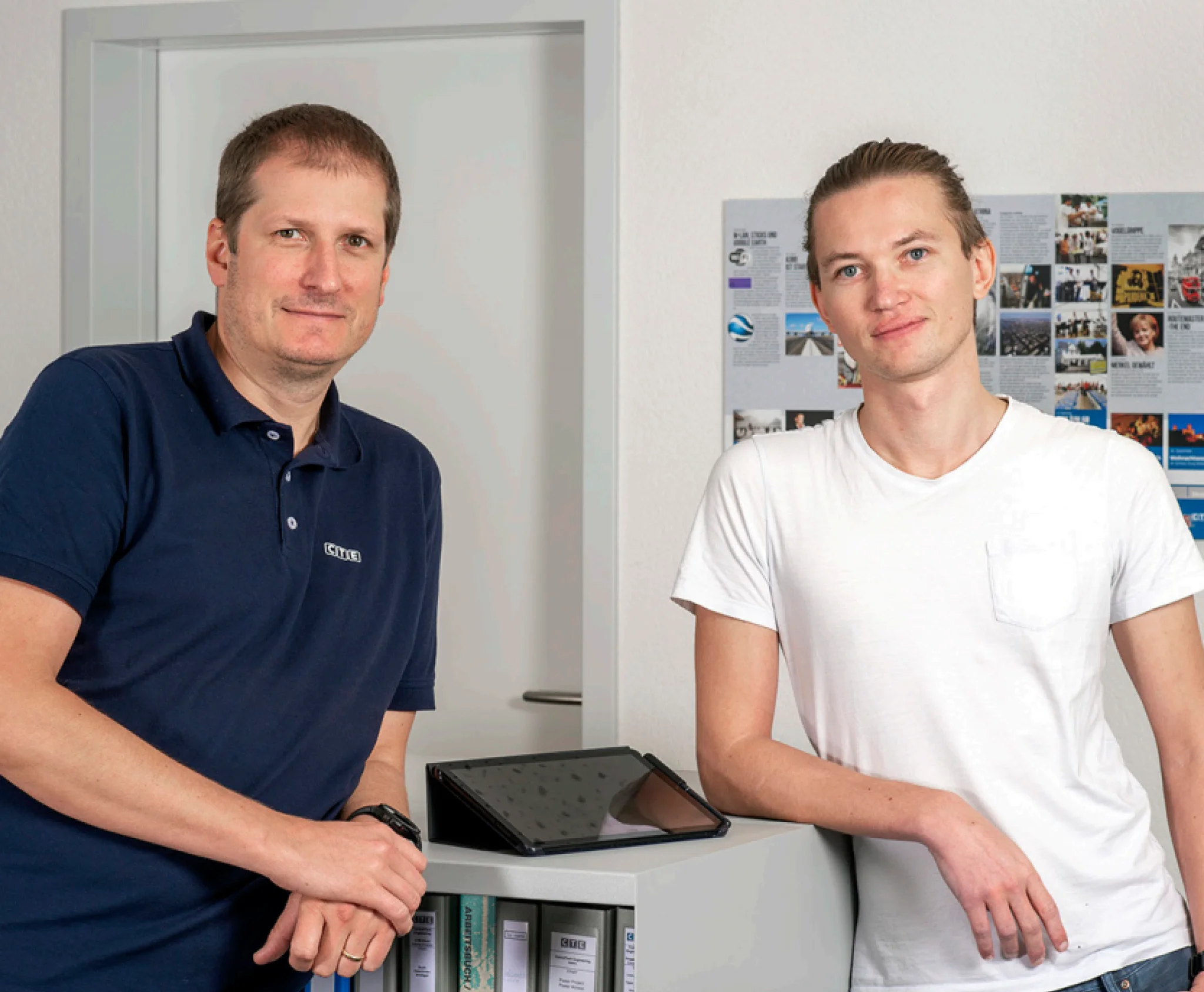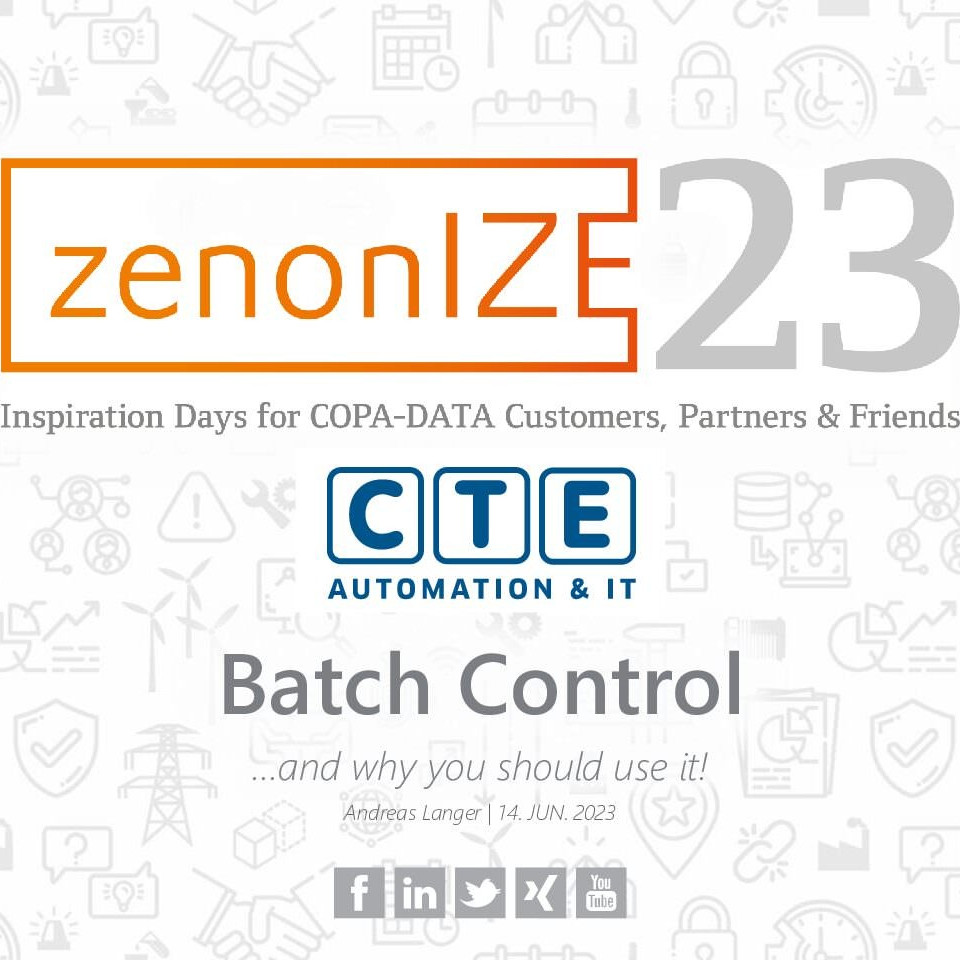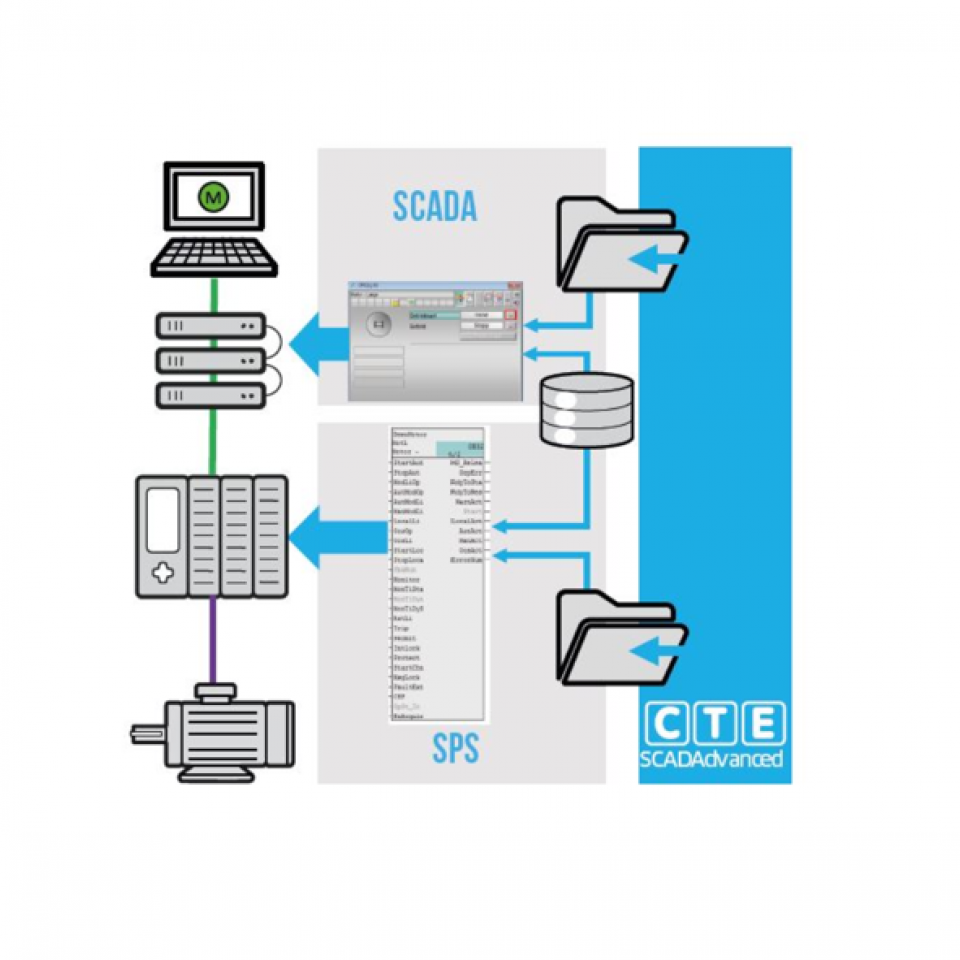"Are you still creating your SCADA system from scratch?"

There is a better way: our newly developed Smart Object Library for Process Automation (SOL-PA) offers standardized and validated modules for HMI systems, suitable for all controllers. Project manager and co-developer Fabian Meury answers the most important questions in an interview with co-developer Lukas Punzenberger and explains the smart functions and advantages of the new library for zenon.
Fabian, what is the Smart Object Library for Process Automation?
Fabian Meury: The Smart Object Library for Process Automation (SOL-PA) is a modularised, lean, adaptable visualisation library that we have developed and validated in accordance with GAMP, ISA 88.01 and ISA 101. As the name suggests, SOL-PA was designed with the help of zenons Smart Objects. The library provides the basis for a control-independent visualization that can be easily adapted and customised.
SOL-PA provides programmers with all the tools they need to configure process visualisation using standard components. The standard components, implemented using Smart Object Templates, generally consist of P&I symbols and associated faceplates, which contain views for operation, maintenance and diagnostics. Each template can be instantiated as often as required, but adjustments only need to be made to the template and are automatically adopted by all instances. This ensures a uniform look and feel across the entire project.
Another aspect of SOL-PA is the existing validation. Every element in SOL-PA has been validated. This, combined with the automatic versioning of the templates, provides a clear status and description of the elements used.

Why did you develop the library together with COPA-DATA?
FM: We have found that the same issues arise and are discussed again and again when developing a visualisation with zenon. The effort required for the definition, but also for the uniform implementation of the visualisation specifications, is significant. The wide range of variants due to different in-house creations also led to additional work, as did the lack of compatibility of the visualisations with updates.
That is why we have developed the new SOL-PA library with zenon best practices on the basis of Smart Objects from the zenon software platform together with COPA-DATA. For us, it was important that it met the most important requirements of a library: It had to be easy to add to existing projects, easy to integrate with additional elements and easy to maintain. These characteristics provide a stable and future-proof basis for process visualisation with zenon.
Another advantage is that SOL-PA is independent of the type of control system.
Are these the main advantages of SOL-PA?
FM: On the one hand, yes: SOL-PA improves the homogeneous display of visualisation with zenon and not only increases efficiency, but also ensures fewer errors during operation and development. This is because the library provides predefined objects for process visualisation, both P&I symbols and faceplates for operating and diagnosing individual standard components. All elements follow the same sequence as far as configuration parametres are concerned. For example, general settings such as resource name and physical model are always first according to ISA88.01, followed by the authorisation levels. This means that both the location and the available configuration of each element are clearly visible. You don't need to spend a long time checking where and whether a certain setting has been made.
Another advantage is that SOL-PA is independent of the type of control unit. This is particularly interesting in the current market situation, where the delivery time for individual control units can take several months. SOL-PA therefore, offers a visually homogeneous display, regardless of the controller used. Although SOL-PA is self-contained, the visual appearance can be very easily adapted to your own requirements. This is possible because the library was developed using zenon standards and best practices.
Another key advantage of SOL-PA is its validation. All elements are already validated. This eliminates a considerable part of the time-consuming validation of the overall project, which is particularly essential in the GMP environment.
For which customers is the SOL-PA suitable?
FM: SOL-PA is suitable for anyone who operates process control systems. For anyone who wants standardised symbols and images of the most important components of a control system. Anyone who likes to create modularised visualisations. And, above all, for anyone who prefers to configure rather than program everything from scratch.
What I mean by this is that a new installation of a zenon Engineering Studio does not contain any templates for frequently used elements. Almost all standard components in process control must be created individually. SOL-PA offers these standard components. Ready to build the visualisation modularly.
Of course, if zenon template projects are used, which contain a collection of pre-programmed symbols and images, one usually does not start from scratch. However, the catch with this approach is that it is crucial to ensure that the current version is always used, as individual elements cannot be updated individually. This is possible with SOL-PA.
What services do we offer as a zenon integrator?
FM: From individual package units to entire systems, we offer our customers support throughout the entire project life cycle. Starting with the creation of concepts for visualisation and control, through programming to qualification and maintenance of the systems. We support our customers not only with new projects, but also with extensions or adaptations to existing systems. This is because SOL-PA is also suitable for retrofits thanks to its adaptability.
Is it possible to purchase the new zenon library SOL-PA via CTE?
FM: Yes, of course. As an experienced zenon integrator, we not only advise and support our customers with the purchase and introduction of the Smart Object Library for Process Automation, but also adapt the library to our customers' requirements. If you would like more information about SOL-PA, please contact us directly.


